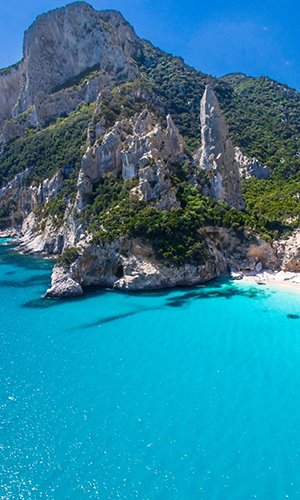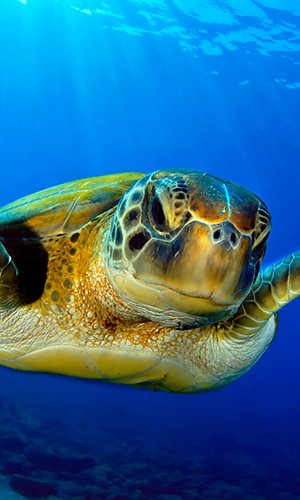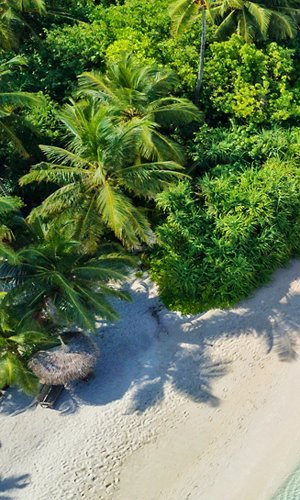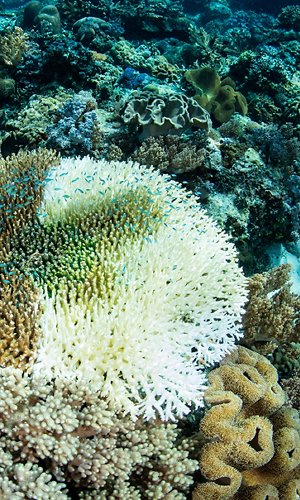Once again this year, the Danish NGO Foundation for Environmental Education (FEE) awarded Blue Flags to lakeside and coastal sites and tourist marinas that stand out for the quality of their water and the services offered to residents and visitors. There are 17 more sites in Italy than in 2022 and the numbers have been rising steadily for years now. This brings the number of municipalities to 226 and the number of award-winning tourist marinas to 84, with a total of 458 beaches, accounting for about a quarter of all Italian beaches and 11% of the award-winning beaches worldwide. There is only one municipality not confirmed, that of Cattolica, while the beaches of the Tremiti Islands, not confirmed last year, are back on the list of the most beautiful and cleanest in Italy for 2023.
Liguria, as always, remains in the lead: it has 2 new entries totalling 34 sites, Puglia rises to 22 awards with 4 new municipalities. Campania and Tuscany follow with 19 Flags, both with one new entry; Calabria has two new Blue Flags. The Marche region rises to 18 with a new entry. Sardinia confirms its 15 sites, Abruzzo remains at 14, Sicily at 11 and Lazio at 10. The 10 Flags in Trentino Alto Adige also remain unchanged. Emilia Romagna has 9 sites awarded Flags with one not confirmed and one new entry; Veneto's 9 Flags are confirmed. Basilicata confirms its 5 sites; there are 2 new entries in Piedmont, which obtains 5 Flags; Friuli Venezia Giulia confirms the 2 of the previous year. Lombardy rises to 3 Blue Flag municipalities, with two new entries, Molise conquers 2 Flags with a new municipality. As for the lakes, this year there are 21 flags on the lakes, with four new entries.
Blue Flags: the evaluation criteria
As always, to be awarded a Blue Flag, water quality must have been 'excellent' over the last four years, according to analyses carried out by ARPA (Regional Environmental Protection Agencies). But clean waters are only the first step to winning a blue flag. As many as 32 programme evaluation criteria have to be fulfilled. These criteria are updated annually, in order to stimulate municipalities to do even better in terms of sustainability, for example by promoting slow mobility, environmental education, and beach care. Not only that: sites are also rewarded on the basis of the quality of their hotels and services. Last but not least, since last year, resorts must be accessible and inclusive to merit a Blue Flag.





